How to deal with scrap metal cutting
566How to process and recycle scrap metals, steel plates, and iron shavings? We recommend FuDe Machinery's metal shearing machine for you
View detailsSearch the whole station
Do you deal with plastic waste? Handling different plastics is hard. You need the right machine.
Snippet paragraph:
Yes, different plastics need different methods. Tearing is best for soft plastics. Crushing works well for hard plastics. We have machines for both jobs.
Understanding how to process different plastics is key. It helps you pick the right equipment. Let’s look closer at the methods.
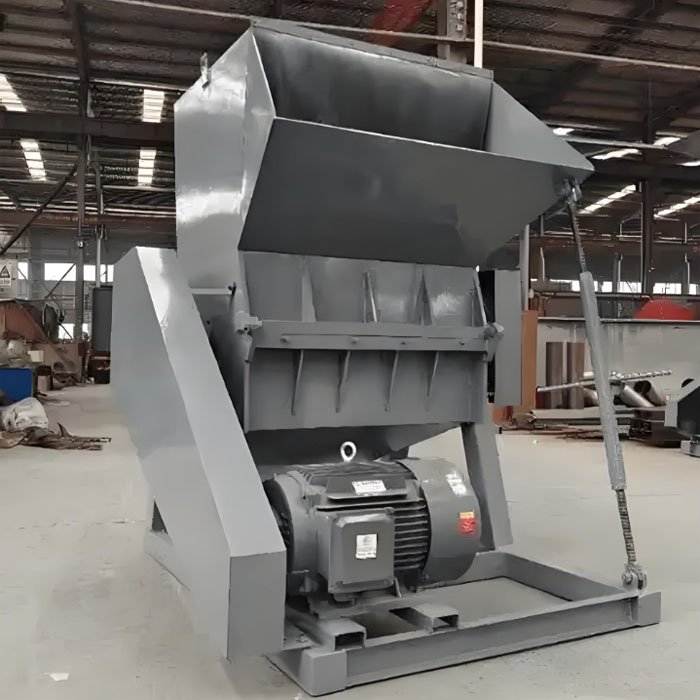
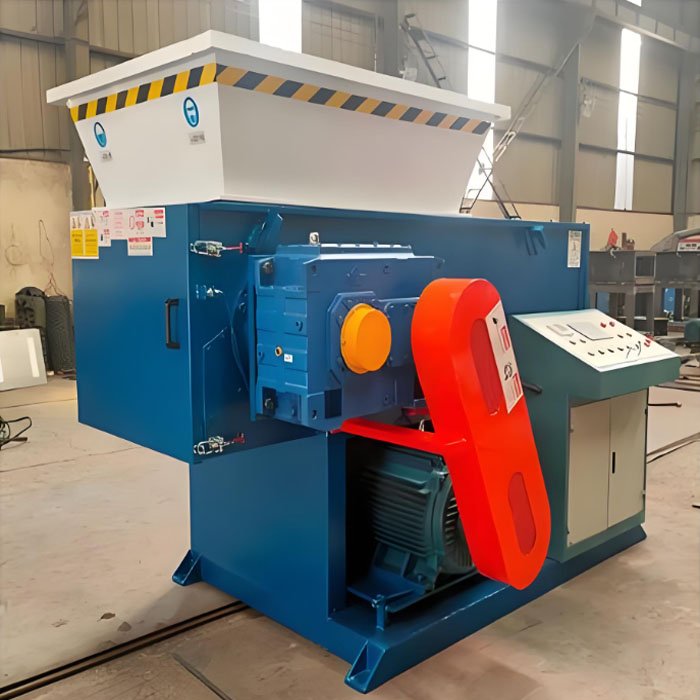
Are you confused about how machines break plastic? Tearing and crushing are different. Knowing the difference matter
Tearing uses sharp blades to cut and rip material apart. Crushing uses force to break material into smaller pieces. Shredders usually tear. Crushers usually crush.
I see many people ask this. Tearing happens with shredders. Shredders have rotating shafts with blades or knives. The blades pull and cut the plastic. This works well for materials that stretch or are fibrous. Think about plastic films or bags. A double shaft shredder or four shaft shredder is good for tearing. The shafts counter-rotate. They grab the material and pull it into the cutting chamber. The blades on the shafts tear the material against each other or against a fixed comb. This process makes irregular pieces. It is good for volume reduction. It prepares material for the next step. Crushing happens with crushers or granulators. These machines use impact or compression. They hit the plastic. They break it into smaller, more uniform pieces. A jaw crusher or cone crusher crushes hard, brittle materials. For plastics, we often use granulators. Granulators have rotating blades that cut plastic against stationary blades. This is more of a cutting/crushing action than pure tearing. They make plastic flakes or granules. This is needed for recycling processes like extrusion or injection molding. The method you choose depends on the plastic type and the final size needed.
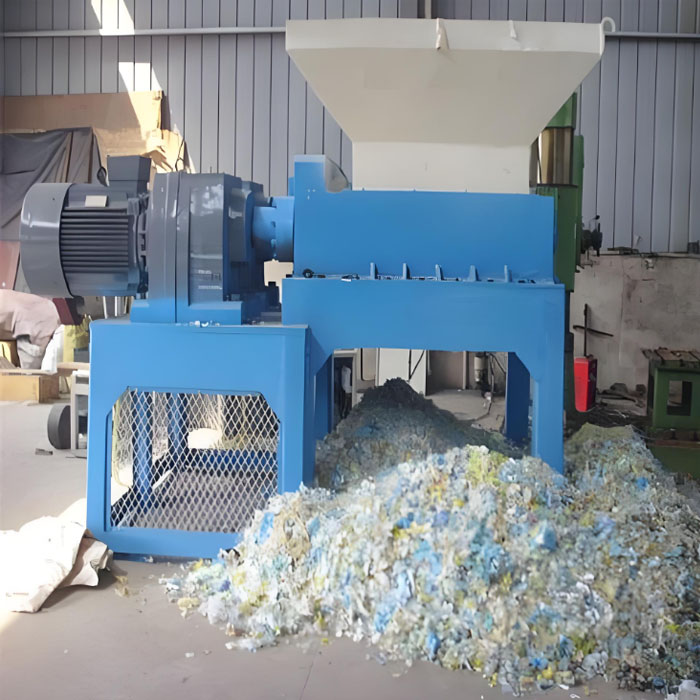
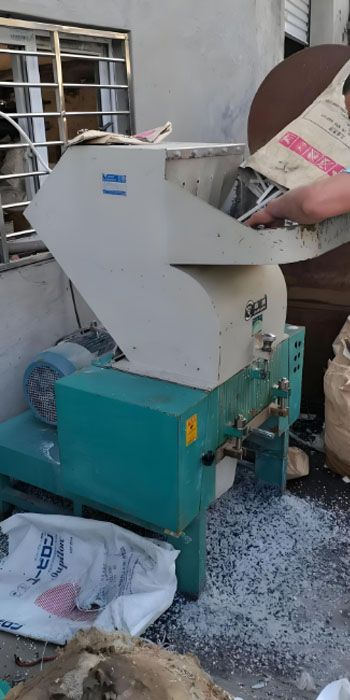
| Method | Machine Type | Action Used | Typical Material | Output Shape | Main Goal |
|---|---|---|---|---|---|
| Tearing | Shredder (Single, Double, Four) | Shear, Pulling | Soft, flexible plastics | Irregular pieces | Volume Reduction, Pre-size |
| Crushing | Crusher, Granulator | Impact, Compression | Hard, rigid plastics | Flakes, Granules | Uniform Size, Recycling Prep |
This table shows the main points. Tearing and crushing are not the same. Each method has its place. Choosing the right machine is important for efficiency.
Do you process hard plastic waste? Old crates, pipes, or bottles? You need a strong machine
For hard plastics, you need a shredder or crusher with high torque. Single shaft shredders work well. Granulators are also good for getting small pieces.
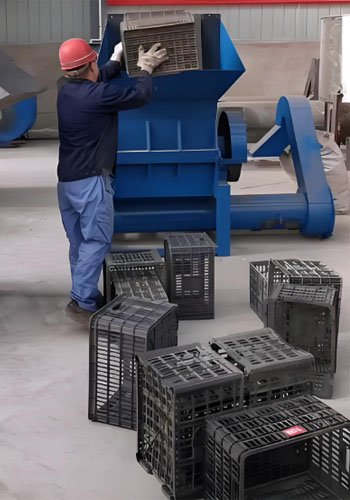
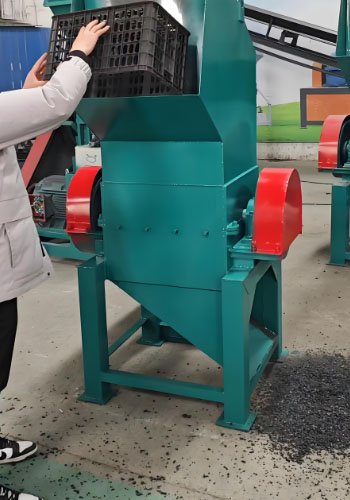
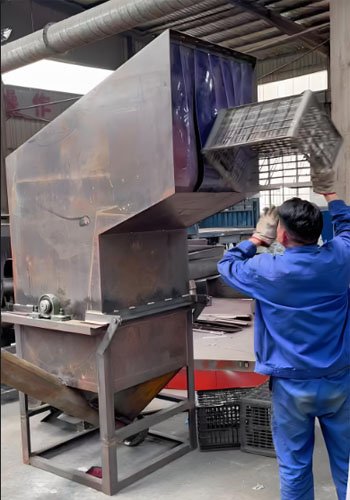
Handling hard plastics like injection molded parts, thick pipes, or automotive plastics requires robust equipment. These materials are dense and rigid. They resist cutting and tearing more than soft films. I build machines for this. A single shaft shredder is a common choice for hard plastics. It has one rotor with knives. The knives cut against a stationary counter knife. A hydraulic ram pushes the material into the rotor. This machine uses high torque. It can break down thick and bulky hard plastics. The output size is controlled by a screen below the rotor. You can get pieces from small to large, depending on the screen size. For smaller, uniform output, like flakes or granules, a granulator is needed after the shredder. Or, if the initial size is not too big, you can use a granulator directly. Granulators have a rotor with blades that cut the plastic against fixed bed knives. They crush and cut the plastic into uniform flakes. The screen below controls the flake size. The machine must be built strong for hard plastics. It needs a heavy-duty rotor and sturdy housing. The knives must be durable. For very large hard plastic items or bundles, a heavy-duty double shaft shredder can be used first for primary size reduction. Then the material goes to a single shaft shredder or granulator. We design systems for these exact needs. We make sure the machine has enough power.
These machines handle rigid materials well.
Certain features make machines better for hard materials.
Picking the right machine means looking at the material size, type, and desired output. I help customers find the best fit.
Working with soft plastics like films or bags? These materials can wrap. You need a machine that handles this.
Soft plastics are best processed by shredders designed to prevent wrapping. Double shaft shredders and four shaft shredders are often used. They pull and tear the material.
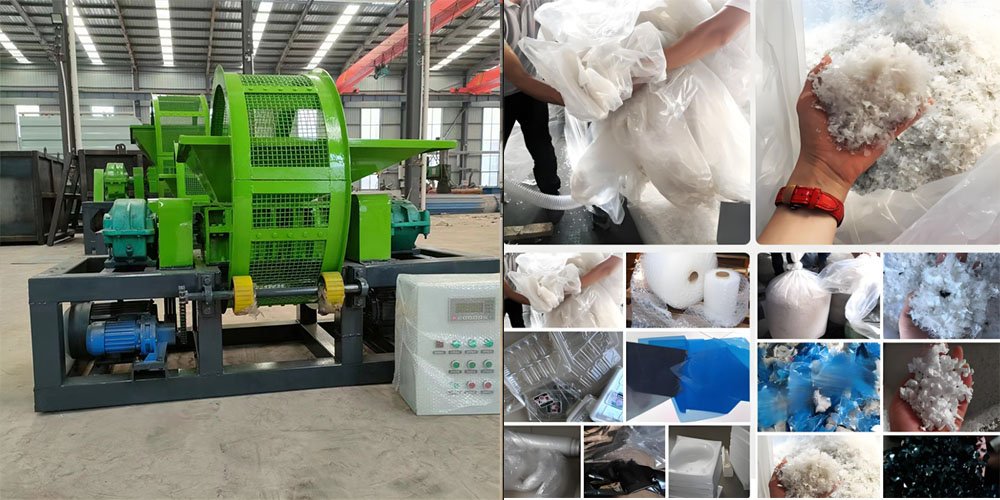
Soft plastics like PE film, PP woven bags, or agricultural films present a different challenge. They are flexible and tend to wrap around the rotor shafts. This wrapping reduces the cutting effect and can even stop the machine. I design shredders to handle this. Double shaft shredders are very effective for soft plastics. They have two counter-rotating shafts with cutting blades. The blades intermesh. They grab the soft plastic and tear it apart. The differential speed of the shafts helps prevent wrapping. Some double shaft shredders have cleaning fingers or combs between the blades. These help push the material down and prevent it from riding on the shafts. Four shaft shredders offer even more control. They have two main shredding shafts and two secondary sizing shafts. The sizing shafts further reduce the material size after the main shredding. This multiple shaft system is great for high volume soft plastics and achieving a smaller output size in one step. Special rotor designs with aggressive hooks or teeth also help pull the soft material effectively. Water can be added during the shredding of some soft plastics, like film from washing lines. This helps cool the process and can aid in cutting. We build these machines with features to fight wrapping. This keeps the machine running smoothly. It ensures high throughput for soft plastic waste.
| Plastic Type | Soft Plastic Examples | Primary Machine Recommendation | Key Machine Feature | Wrapping Prevention Features | Output Size Control |
|---|---|---|---|---|---|
| Soft Plastics | Films, Bags, Textiles, Fibers | Double Shaft Shredder | Aggressive Blades, Differential Speed | Cleaning Combs/Fingers | (Limited in 2-shaft), Screen (in 4-shaft/Single) |
Choosing the right shredder for soft plastics prevents machine downtime. It ensures efficient processing. I make sure the machine is right for the material.
Different plastics need specific machines. Tearing suits soft plastics. Crushing suits hard ones. I provide the right equipment for your needs.
How to process and recycle scrap metals, steel plates, and iron shavings? We recommend FuDe Machinery's metal shearing machine for you
View detailsThe vertical cake press is mainly used to compress metal shavings (such as aluminum shavings, iron shavings, copper shavings, etc.) into a cake shape for storage, transportation, and subsequent processing.
View detailsThere are significant differences between single axis shredder and double axis shredder in multiple aspects
View detailsWhat Does Each Machine in the System Do?Why is a Crusher + Cold Press System the Smartest Choice?1. You Achieve Maximum Efficiency2. You Can Process All Foam Shapes and Sizes3. You Get Better, Denser BlocksWhat Makes a Quality, Industrial-Grade Sy...
View details